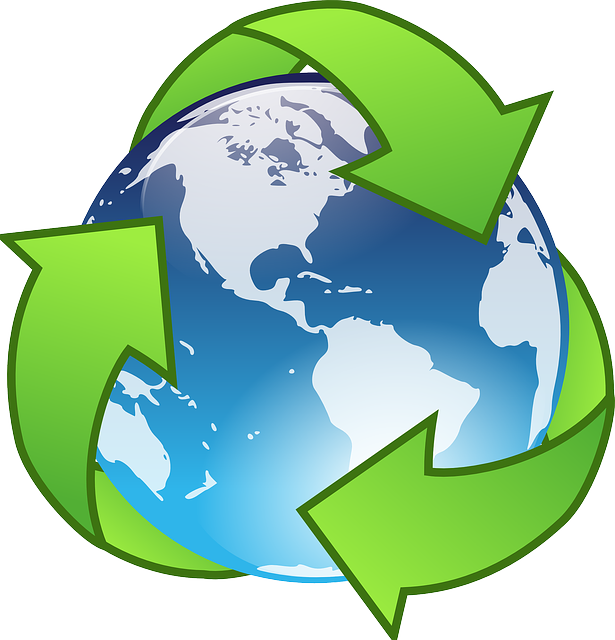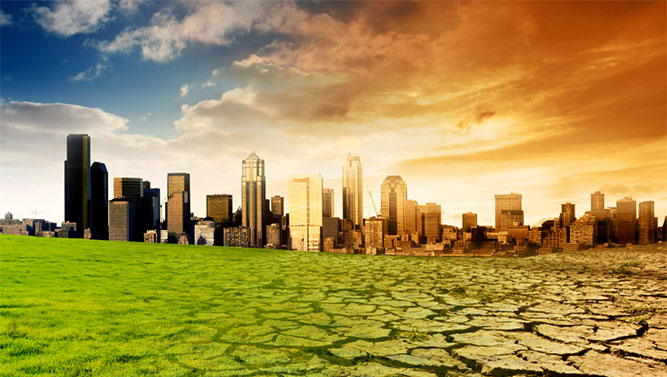[vc_row][vc_column width=”1/2″][vc_column_text]
Nepal
Nepal is a South Asian nation interlocked between the two Asian behemoths, China and India. The foundation of present-day Nepal was laid in the mid-18th century by a Gorkha king, Prithvi Narayan Shah. With a quarter of its population living below the poverty line, the country is one of the least developed in the world. Political shenanigans within the country have affected and muddled up the economic development. Agriculture is the pillar of the economy with two thirds of the country's population getting their livelihood from it. The country's GDP is highly reliant on the remittances of foreign workers (19th largest in the world). Tourism, garments, food and beverages, metal manufacturing, herbs are major industries driving the country's economic growth. Foreign aid forms a significant part of the country's development budget. In 2018 its growth rate was 6.7% and was expected to reach 7.1% in 2019. Just like its neighbour India, Nepal also adopted the five-year plan programme to give a fillip to its economy. The country has made significant strides in eradicating poverty (15% in 2010 to 9.3% in 2018), sectors like child mortality, electricity, nutrition, improved flooring and assets have shown progress. Not much progress has been seen in social services and infrastructure. The country has been bestowed with enormous hydropower resources (42,000MW), which has not been tapped into much. The country signed a $500 million agreement with the United States to enlarge its electricity infrastructure and help in maintaining its transport infrastructure. India, Turkey and United States are major export partners. India and China are its major import partners. The country main exports are petroleum goods, gold and machinery. Due to its rugged topography, the country has been prone to several natural disasters such as earthquakes which have led to the destruction of infrastructure and has made the process of economic development difficult. Corruption and recurrent changes in political leadership have also stalled the economic development process.
[/vc_column_text][vc_column_text] Its population in 2018 was 29,624,035 [1]
Its population in 2018 was 29,624,035 [1]
 In 2015, 85.26% of its total energy
In 2015, 85.26% of its total energy
consumption was renewable [2]
 In 2021, its GDP grew by 4.25% [2]
In 2021, its GDP grew by 4.25% [2]
 In 2021 it had a negative Current
In 2021 it had a negative Current
Account Balance of US$bn 2.84 [3]
 Its Expenditure on R&D (as a percentage of
Its Expenditure on R&D (as a percentage of
GDP) in 2010 was 0.30% [2]
What free trade areas or economic unions is it a member of?
None
[/vc_column_text][vc_column_text]What trade deals are there with other countries and economic unions?
South Asian Free Trade Agreement (from 01/01/2006)
India - Nepal partial scope agreement (from 27/10/2009)
[/vc_column_text][/vc_column][vc_column width=”1/2″][vc_column_text]Nepal SBI Bank Ltd (NSBL): The Most Preferred Bank for a Transforming Nepal
Q&A with the Executive Secretary of the UNCDF: Judith Karl
Nepal Minister of Industry, Commerce, and Supplies: Matrika Prasad Yadav on the Agenda for Prosperity and Catching Global Attention
IFC on Climate Smart Investment: A Gateway for Green Growth in South Asia
The Local Climate Adaptive Living Facility (LoCAL) of UNCDF: Climate Change Impacts on Natural and Human Systems
IFC: Climate Change – Threat and Opportunity for Private Sector
World Bank Approves Financing for Nepal Grid Solar and Energy Efficiency Project
Joanna Lumley: Nepal’s National Treasure
World Bank Group: “Customer is King” – Toward More Effective Development?
Marketable Skills Set Young Women on Path to Prosperity in Nepal
Trade with the United Kingdom
Source: UK Office for National Statistics, October 2022.
Contains public sector information licensed under the Open Government Licence v3.0.




























































































